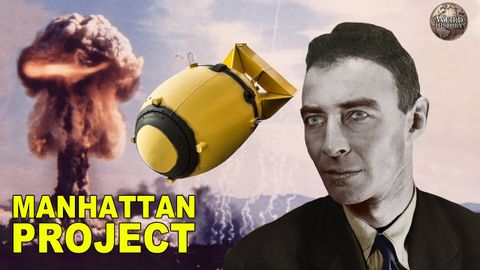在曼哈顿项目上工作时的生活是什么样的(What Life Was Like While Working on the Manhattan Project)
joey joey 發佈於 2021 年 05 月 20 日  沒有此條件下的單字
沒有此條件下的單字US /ˈkɑnstəntlɪ/
・
UK /ˈkɒnstəntli/
US /ɪˈvɛntʃuəli/
・
UK /ɪˈventʃuəli/
US /ɪnˈevɪtəbli/
・
UK /ɪnˈevɪtəbli/
US /ɪˈmædʒɪn/
・
UK /ɪ'mædʒɪn/

